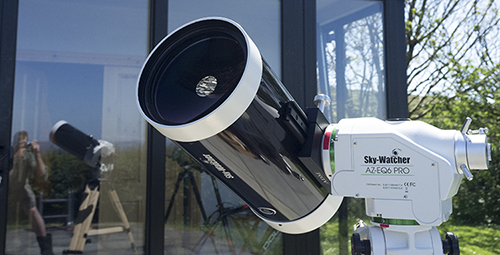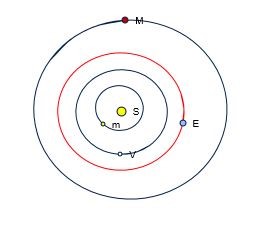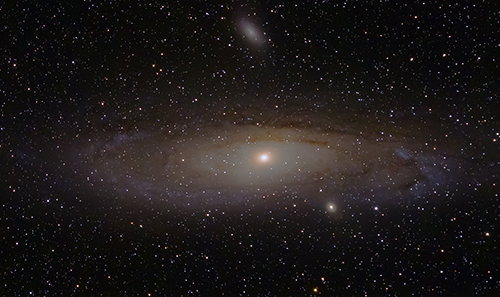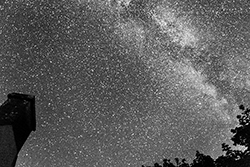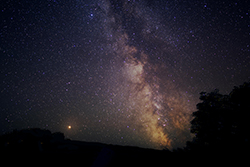|
|
I have been rowing and sculling for many years, and have never ceased to be amazed by how little overlap there is between the simple laws of physics and what's coached. Even, perhaps especially, at the highest performance level. The dynamics of rowing are not trivial, and it's not reasonable to expect a rowing coach to be a physicist, but the technique of rowing and sculling has not changed at all since the sliding seat was adopted in the late 19th century. So there has been plenty of time to get all the thinking done, and to have extracted a set of solid rules and truths on which to base the tenets of coaching. But this has not happened, and the sport continues to be contaminated by myths, old wives� tales, fallacies and sub-optimal practices which provide enlightened coaches with plenty of opportunity to steal a march on the opposition. Some of these can make significant differences to boatspeed, and it's interesting to watch rowing on TV at major championships and see some (often Australian or NZ) crew doing something particular or set up in such a way that it�s perfectly clear that a coach understands this issue or that issue. This site is my attempt to shed light on some of these, to explain or debunk some things that rowers and coaches often take for granted but can�t explain when asked. Plus, after a hiatus of 3 years or so, other stuff about cycling, astronomy and (soon) bird photography Reverse Engineering the Skywatcher Skymax 180 If you've ever wondered precisely how the Skymax 180, 150, 127 etc actually work, and what they look like inside; and what actual focal lengths they're giving you and hence magnification and exit pupil etc, follow this link... Our Solar System and When and How to Observe It A brief description of each of our Planets, and charts showing when and how best to observe them over the next year or so. To be kepy updated as the years go by, I hope... Photographing the Deep Sky: 1st Try My first go at photographing something extremely dim, and extremely distant: The Andromeda Galaxy Starting Out on Photographing Nightscapes An account of my first attempts to take decent nightscape and Milky Way pictures. And: Fixed-Head Ergometers - Unmeasured Work & Further Thoughts How to optimize the unmeasured "recovery-effort" on a fixed-head rowing machine. |
|
SlidingSeat.net / Magnus Burbanks / member of Molesey Boat Club, UK
|
|
Each of the planets and when and how best to observe them for the coming year or two...
Ever wondered precisely how the Skymax 180, 150, 127 etc actually work, and what they look like inside? And what
actual focal lengths they're giving you? Having made a start at wide-angle nightscape photography, and having a bag-full of telephoto lenses, inevitably
I was going to try some "deep sky" stuff... Photographing the Night Sky tests photographic equipment, knowledge and technique more than any other type
of photography. Until now, I'd avoided it. Here's how I got on... Is the effort required to "do the recovery" on an erg significant? And if so, can it be optimized? Yes it can,
and quite significantly. Jan 14 (updated Dec 17) There are four simple relationships/equations that broadly describe rowing that when combined, answer these two (actually they're the same) questions.
The resulting estimator is useful, and included are "tables of equivalence" People get religious about how to keep the drivetrain clean. Here's my gospel. We all get punctures, and hate them. A quick exposé on how and why they happen, and how to dramatically reduce their frequency. Common responses to simulated times are: "how on earth...?" and simple disbelief. Here I describe how it gets done, judge for yourself. Brief outline of the physics involved, and how they are used in a technical description of how the simulated
ride-times etc are estimated, and why one can have confidence in them. (in "howtorow" section) The flexibility of our oars and sculls seriously compromises our careful efforts to align arcs and rigs. An analysis of the catch and what's actually going on. It's complicated and there are two serious penalties
for getting it wrong: loss of lift, and loss of compressed position. |
